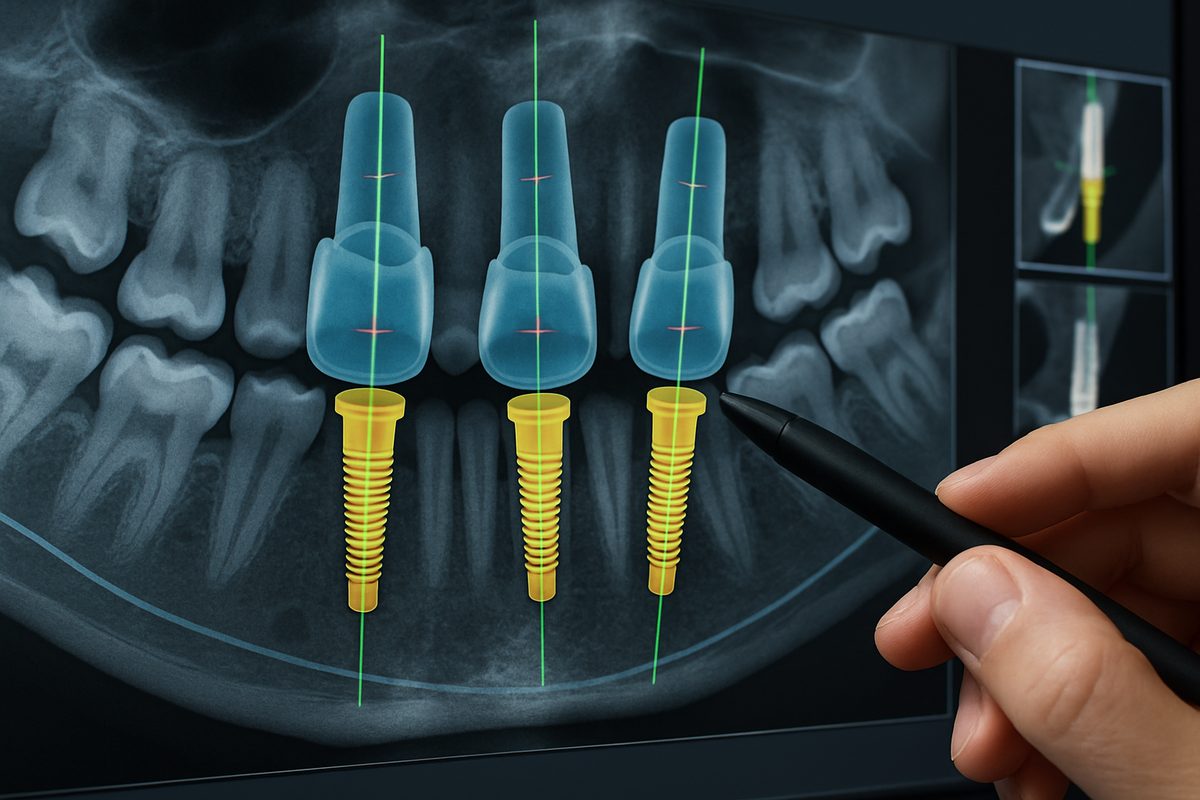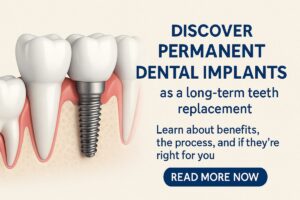If you’re curious about dental implants, there are small but important facts most patients never hear. This post will reveal those little-known details and give you clear questions to ask your provider — including what a true specialist can do. If you’ve ever googled “dentist inplants” and felt confused, read on for practical, plain-language answers.
Common myths dentists tell you about “dentist inplants”
– Myth: You’re too old for implants. Correction: Age alone isn’t the barrier. Overall health matters more than age. – Myth: No bone means no options. Correction: There are advanced implant types and grafting that can make implants possible. – Myth: Implants always take many months. Correction: Modern planning and digital workflows can shorten timelines; some cases allow faster provisional teeth. – Myth: Any dentist can handle complex cases. Correction: Experience, training, and specialty certification matter for difficult anatomy.
What truly determines implant success
Bone quality and volume
Bone density, how long the tooth has been missing, and whether a graft is needed all affect stability. If bone has shrunk, grafts or bone-building procedures can restore volume. Timing matters: earlier placement often needs less rebuilding.
Overall health and meds
Diabetes, smoking, and certain medications can slow healing and raise risk. Your doctor will review medical history and may coordinate with your physician to manage risks before surgery.
Surgical planning and skill
The implant’s position and angle are vital for function and long-term health. A well-planned surgery reduces complications. Surgeons who use 3D planning and have advanced training place implants more predictably.
Advanced options when you’ve been told you have no bone
– Zygomatic implants: Longer implants anchored in the cheekbone for upper jaw cases with severe bone loss. – Pterygoid implants: Anchored in the back upper jaw against strong bone behind the mouth, useful when the molar area lacks bone. – Transsinus implants: Traverse the sinus safely to reach better bone when the upper jaw bone is low. – Subperiosteal implants: A custom framework that sits on top of the jawbone under the gum, used when bone grafting isn’t an option. Each option has specific uses and risks; they let many people get implants who were once told they couldn’t.
How digital tech changes the “dentist inplants” experience
Facial scanners, intraoral scanners, and photogrammetry make treatment faster and more predictable. These tools capture precise 3D models of your mouth and face, improving fit and esthetics while reducing chair time.
Digital All-on-X workflow
Digital planning maps implant positions, creates surgical guides, and sends exact specs to the lab. That means better-fitting temporary teeth the same day and fewer surprises during final restoration.
What to expect if you travel for implant care
Many patients travel for complex implant work. Typical steps: a pre-op consult (often the day before), surgery with same-day temporary teeth, return home the next day, local dentist handles short-term checks, and you return months later for final restorations.
Why board-certified implant specialists matter
Board-certified specialists have extra training and testing in complex implant care. Dr Michael Fioritto is one of about nine board-certified implant specialists in Ohio. He teaches local dentists and places complex implants — like zygomatic and pterygoid — that many others cannot.
Practical next steps: free consults, CT scans, and scheduling
We offer free consultations and CT scans to assess your bone and options. Bring any dental records and a list of medications. You can book an in-person or virtual consult to review imaging and plan treatment. Contact the office to schedule and get clear answers about next steps.






